When it comes to baking, many of the timeless “rules” we all know (and abide by) maybe be somewhat rooted in circumstantial fact or science, but largely are myths that are holding us — and our sweet treats — back. It’s time to reevaluate everything you thought you knew about baking, particularly when it comes to the use of eggs and butter — and put a few misguided half-truths to rest.
Get ready to expand your baking potential and free yourself from these six traditional baking myths that have no place in a modern kitchen.
Egg whites won’t whip up if there is a speck of fat in it.
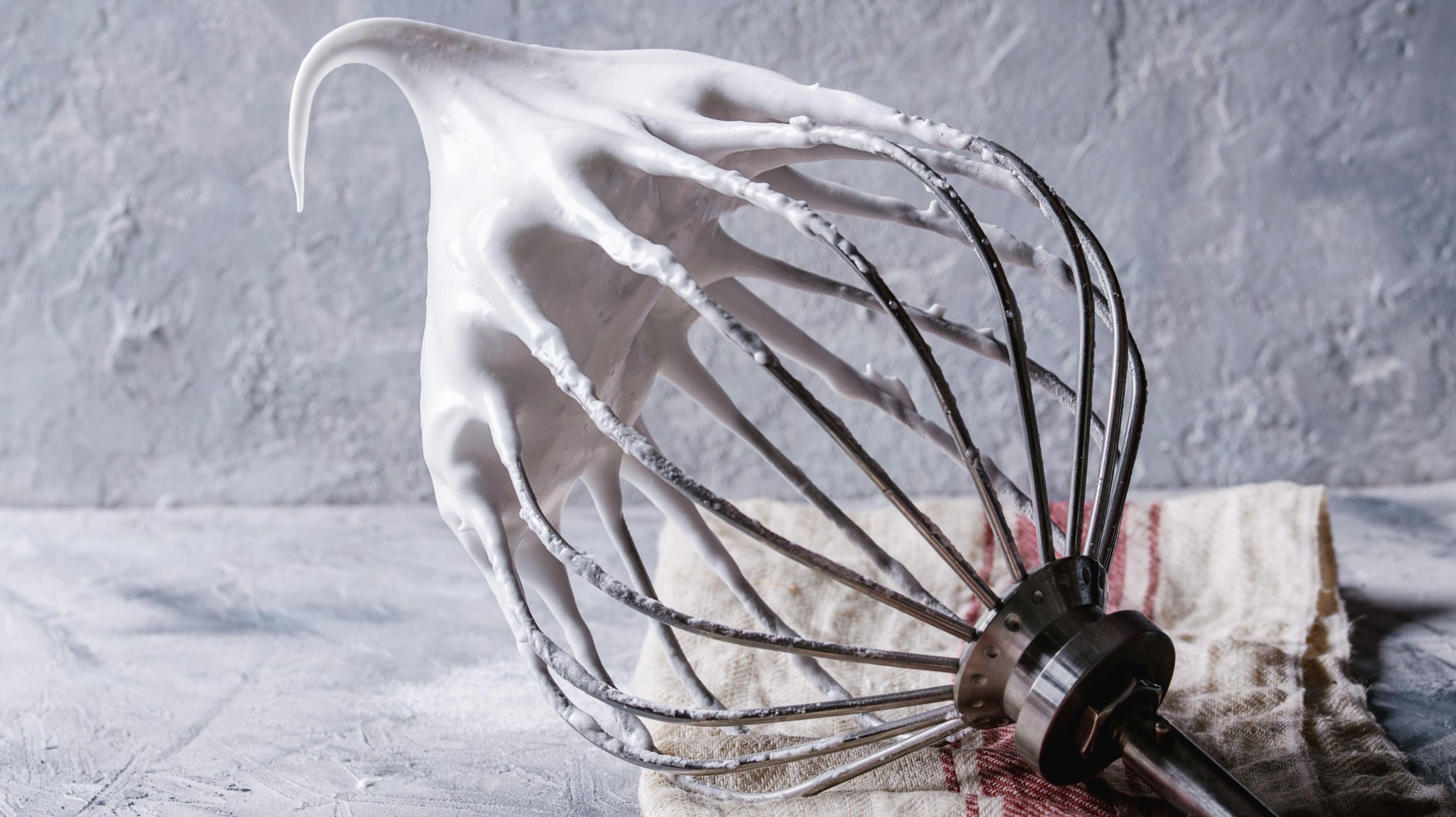
We’ve all been there, separating eggs into different bowls, cracking the shell, tipping out the egg white only to witness with horror the jagged edge of the shell brutally pierce the golden bubble of yolk — but that’s not the worst part. No, the worst part is when a minuscule streak of ruinous blond fat sneaks in to taint the seven other pristine egg whites you’ve already collected. Is it trash? All this time, you’ve been told that fat will destroy your hopes for stiff peaks (so you even go so far as to triple-wash all egg white whipping materials — bowl, whisk, and hands — before you get started). Wait: Don’t give up on those whites just yet.
Egg whites with a small percentage of fat will still whip up to soft, medium, and stiff peaks. The greater the batch of egg whites you’re whipping, the more wiggle room you have. In the tests that Serious Eats ran, a few drops of egg yolk might add additional minutes to your whipping time, but you’ll get the same results and stability as your batch sans yolk. They even go so far as to rub down the mixing bowl with a thin layer of oil to mimic a poorly washed bowl, and repeatedly achieve soufflé-worthy results.
Butter must be room temperature for batter.
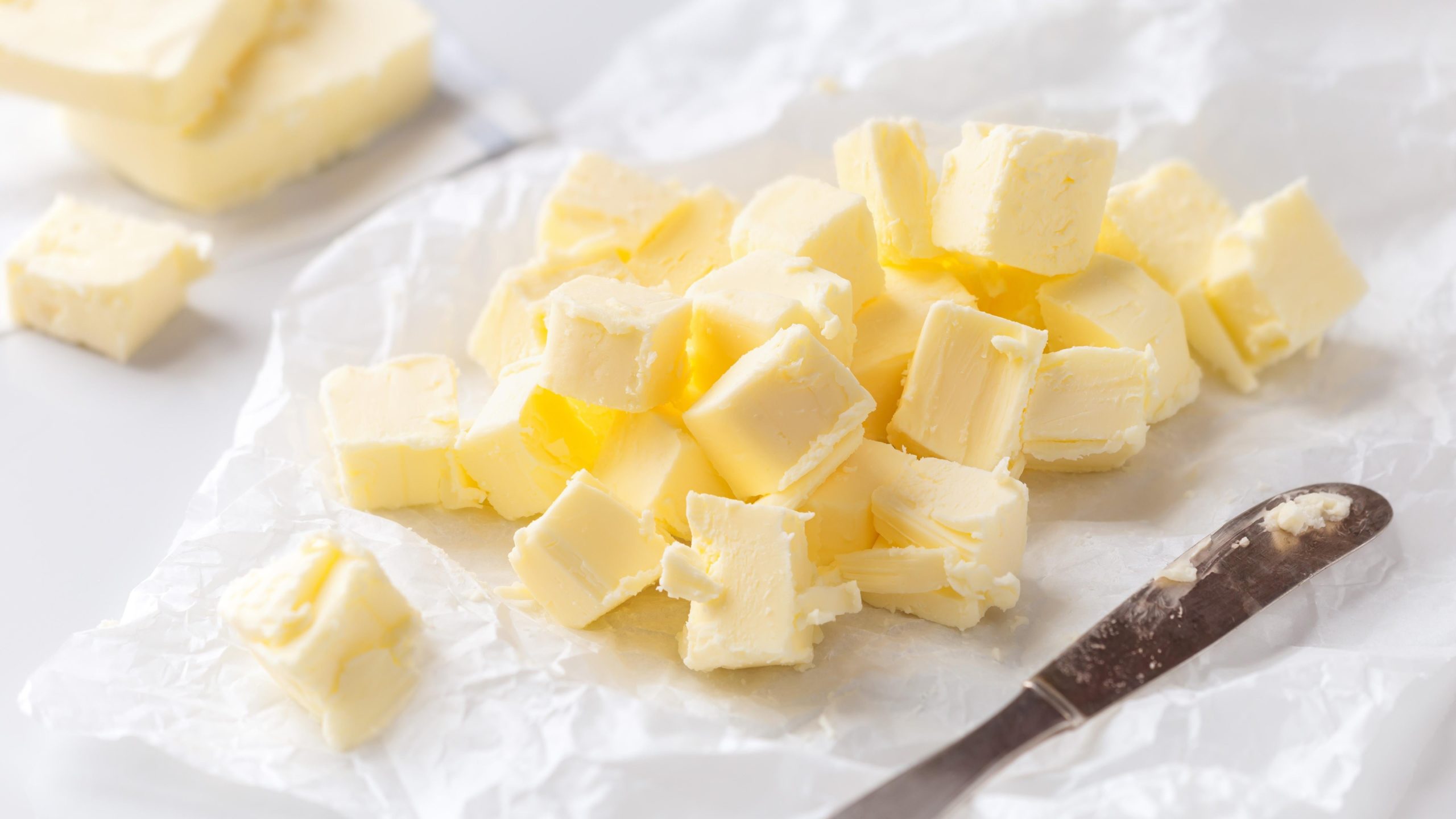
Many cake and cookie recipes using batters with a high butter ratio recommend you use exclusively room temperature butter. “Recommend” is being kind — some professionals aggressively press this butter legislation to the point that you might begin to wonder if you should cancel your baking plans altogether because you forgot to leave out a stick.
Actually, the best thing you can do for your batter is to have all of your ingredients be close to the same temperature. Sure, room temperature everything works well. Not just your butter but all of your wet ingredients: eggs, milk, buttermilk, cream cheese, blueberries, and almond flour you store in the freezer. If your butter is room temperature, the introduction of equal temperature ingredients will emulsify quickly, and you’ll avoid the curdling effect that occurs when a cold egg, or refrigerated chocolate chips are added and cause the butter particles to re-solidify. The same is true on the other side of the thermometer: If a bakery doesn’t have the softened butter needed to make 300 cookies, they don’t wait hours for that butter to soften up. Instead, you can emulsify cold ingredients easily with the help of an electric hand mixer or countertop stand mixer and achieve beautiful results.
Chop cold butter up into chunks, add some of the sugar from the recipe and start beating with a paddle attachment. (Start on slow or you’ll be wearing it.) As the sugar granules penetrate the cold butter, little tunnels and pockets of air will become captured. Soon, you’ll be able to increase the speed and achieve some of the fluffiest butter any creaming method would be proud to call their own. Proceed with the rest of the recipe, adding in your wet ingredients slowly to ensure full incorporation.
The “creaming method” is the best method for high-fat cakes.
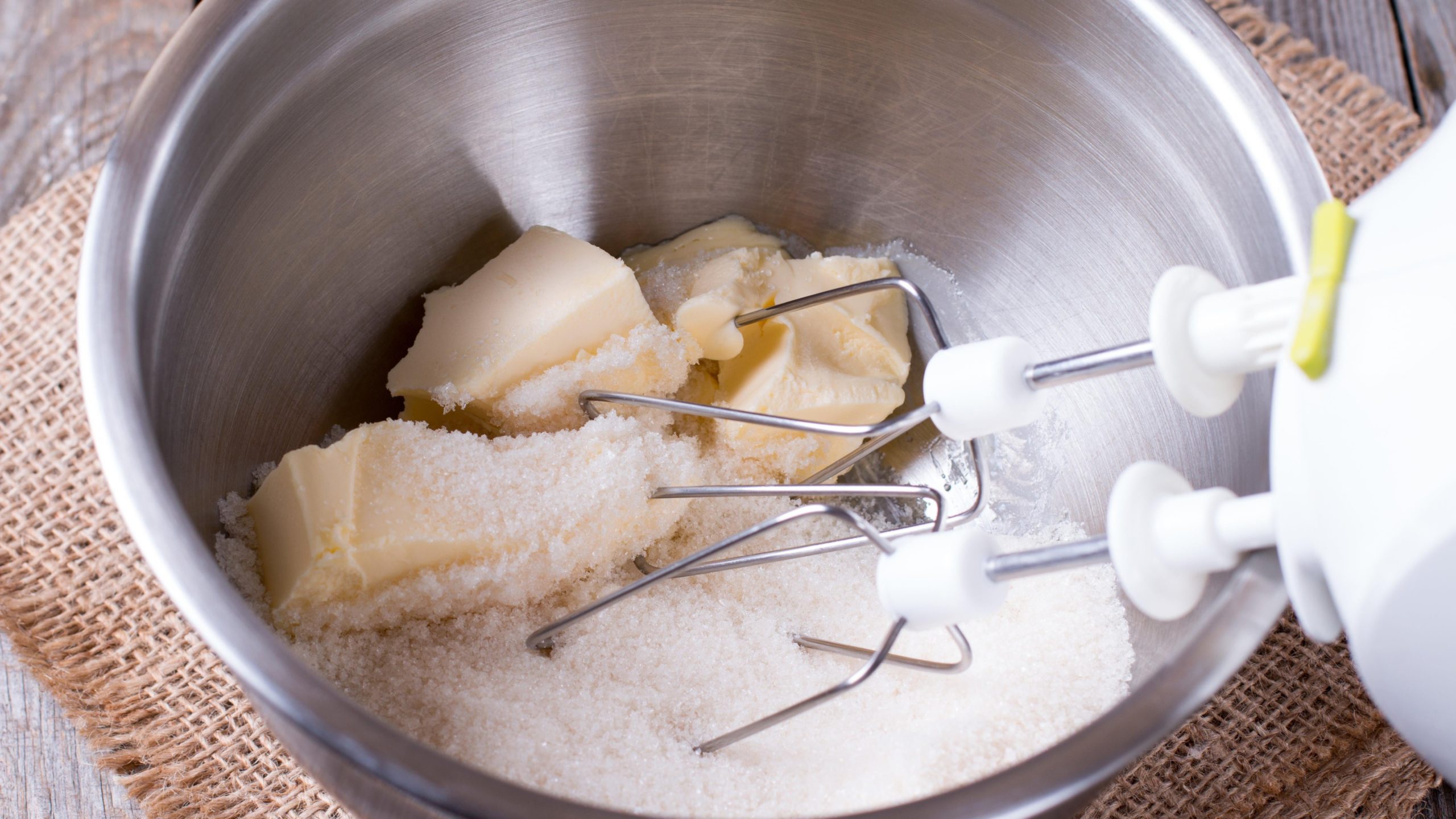
Certainly one of the most used techniques in American baking, the creaming method is well-known, particularly for cookies and cakes. The first thing I ever baked with my mum was the cookie recipe on the back of a Toll House bag of chocolate chips and sure enough, it uses the creaming method. Whenever you are blending saturated fat with sugar, followed by the incorporation of wet ingredients, and finally adding dry ingredients, you are using the creaming method. For many American-style cakes, this is how we get those tall, domed, and sometimes over-mixed cakes. But there’s another method on the scene: the reverse-creaming method.
The reverse-creaming method is not literally reversed, but it is certainly different and particularly good for creating cakes with a fine crumb and a level surface (a cake decorator’s dream) without changing the flavour or losing any of the tenderness. As Cook’s Illustrated explains, reverse-creaming incorporates the fat with the dry ingredients first, waterproofing the flour. This prevents some of the flour proteins from hydrating (less gluten formation) and reduces over-mixing. Fewer air bubbles are incorporated than when you blend sugar and butter together as the first step, so you eliminate doming, and the result is a flat and evenly browned cake layer.
Even though you achieve less rise, you gain a consistent, fine crumb texture that is well worth the sacrifice. This might become your new favourite way to whip up cake layers — but don’t worry, you can still use the traditional method for a ton of other stuff.
Cakes are best when fresh.
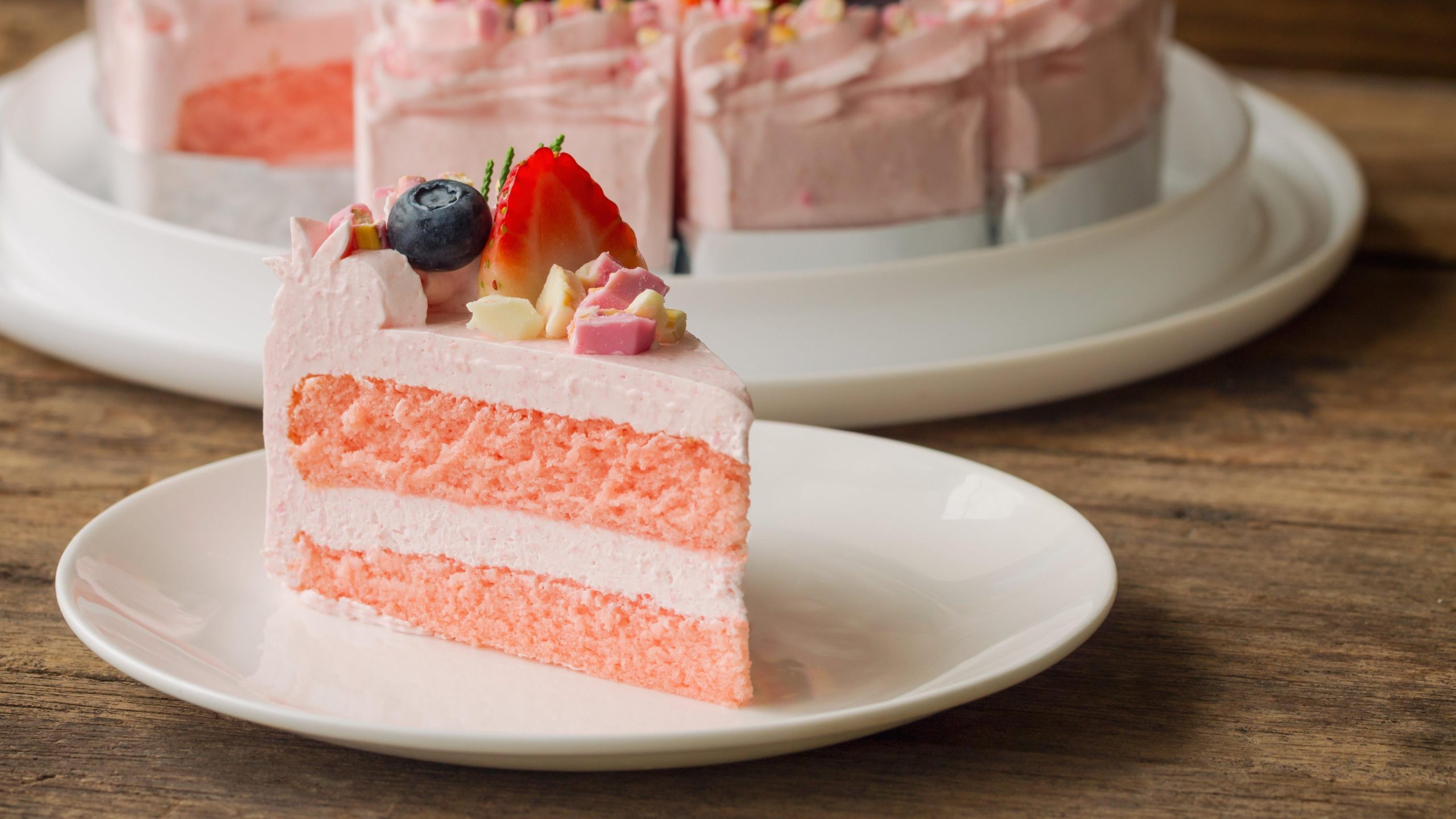
Everyone loves fresh baked goods. No one would ever choose to eat day-old cake, over a fresh cake! Well, I hate to break it to you, but if you’ve eaten cake from a bakery, you’ve eaten “old” cake. But thats actually a good thing.
Some bakery items really are the most delicious the day they’re made, like croissants or doughnuts, but most bakeries are preparing components days, weeks or months ahead of time. This all depends on what the item is and how it can be safely stored. Cake layers and frosting are exceptionally stable and freeze really well — so well, in fact, that you will get a better final product with cold, stored cake elements than if you try to build a cake when it’s fresh. When cake is fresh, the fats haven’t had the opportunity to solidify and completely set, and the structure of the cake is in delicate condition. Trimming, flipping, and icing cake layers in this state will lead to possible tears, loose crumbs, or even complete breakage.
Small bakeries with lower production rates will, at the very least, refrigerate cakes to set the fats so the layers will be easier to work with. Larger bakeries will wrap their layers and freeze them for up to months. Like for bread (it’s basically sweetened bread anyway), the freezer is like the fountain of youth, cake layers thaw and pick up right where they left off. The added benefit is that the fats solidify, the structure sets, and the flavours have developed completely. If you’re freezing cake layers at home — and I highly recommend you do — store them wrapped tightly and upside down. Storing them upside down will flatten any doming your layer might have so there is less waste when trimming. (Or you could always try out the reverse-creaming method we already talked about.)
Butter can only stay out on the counter for 48 hours.
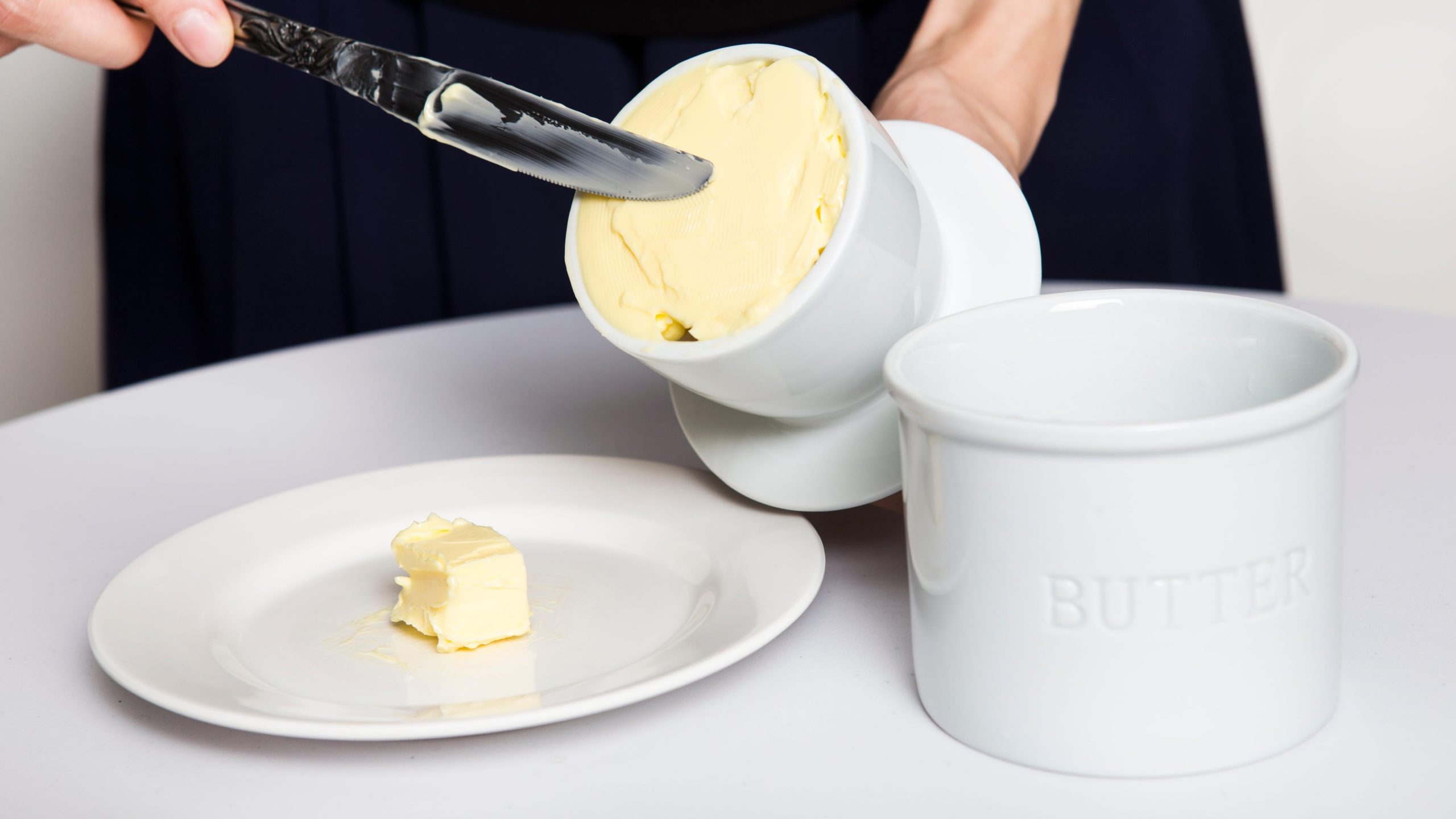
This is a myth that has led to many conversations about bacteria and spoiling. Some households only keep butter in the fridge, tearing holes into toast for generations. Others keep a butter dish on the counter as a permanent fixture, throwing spoilage concerns to the wind. According to the USDA, butter can stay out of the fridge for up to two days. And that might be long enough for you, depending on how quickly you go through softened butter.
For us, sporadic, soft butter eaters, though, we turn to the butter bell. Also called a French butter keeper, this surprisingly simple item allows you to keep butter at room temperature for an infinite amount of time — as long as you use it correctly. Our biggest concern with butter being left out is the development of bacteria and the process of oxidation, turning the butter rancid. In a butter bell, an air-tight seal is created by plunging the top of the keeper into a small amount of clean water. This simple move prevents both oxidation and bacterial growth, while offering you soft, spreadable butter with a side of sophistication.
Eating raw eggs will make you sick.
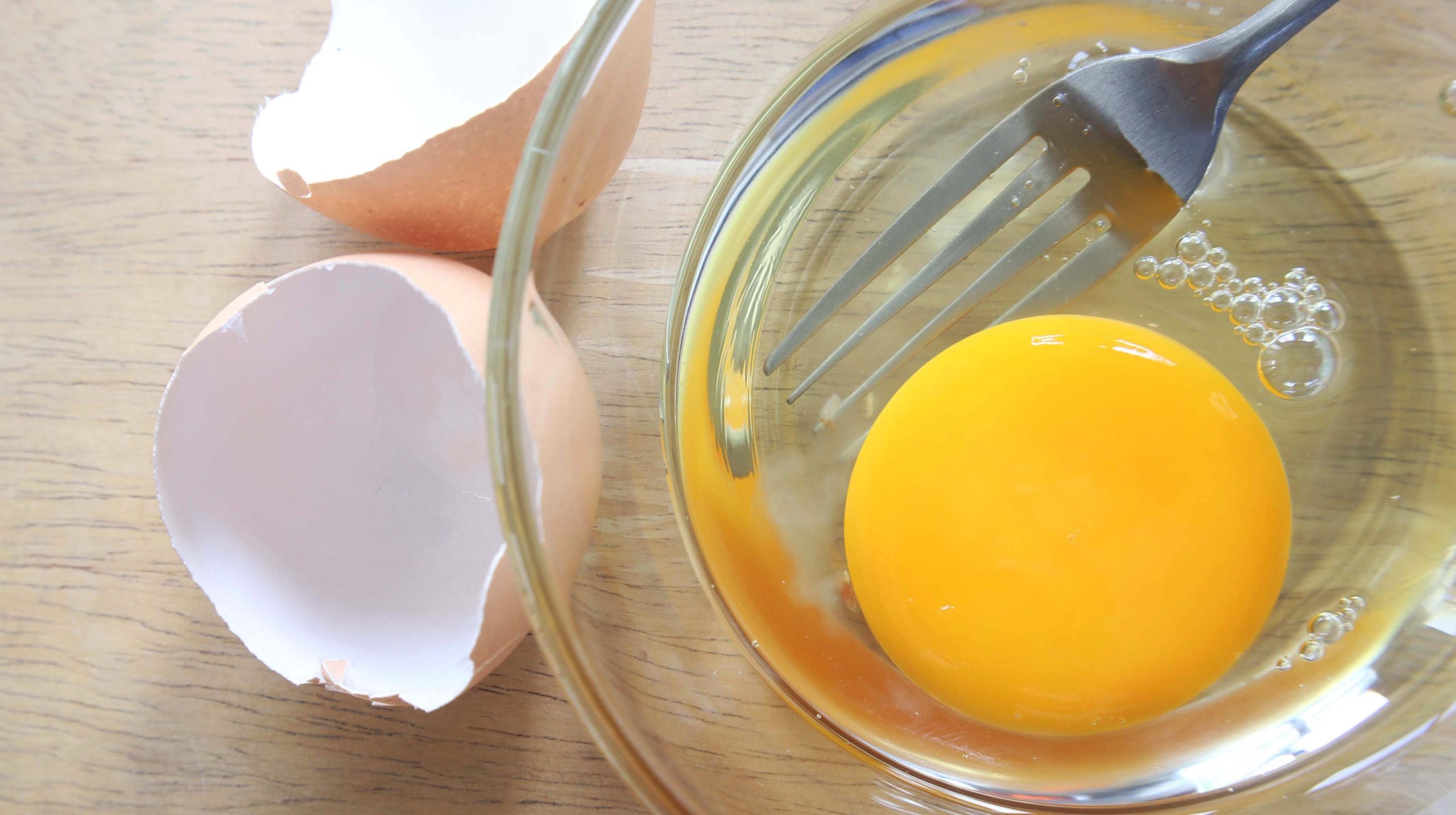
Although most people aren’t regularly tempted to eat a heaping spoonful of raw egg, you might be faced with an enticing product containing it (i.e., cake batter, brownie batter, and the like). However delicious, the only thing that might be stopping you is the risk of ingesting salmonella. Salmonella is a bacteria that, if consumed, can lead to some undesirable bodily reactions — let’s just call it “food poisoning.”
The odds are, though, that it’s highly unlikely you will encounter Salmonella from consuming raw eggs. According to the Egg Safety Centre, only about one out of 20,000 eggs may contain the Salmonella bacteria, which is an interaction rate of once every 84 years. Not only that, but there are actually many nutritional benefits to consuming raw eggs, like access to choline and antioxidants. Many desserts utilise raw egg components to create the luxurious, creamy, and fluffy textures we love, like tiramisu or the meringue topping on lemon meringue pie. Even your favourite cocktail bar is likely embellishing your libations with raw egg white foam. Feel free to enjoy without fear.
If you still don’t want to risk ruining your 84th birthday, you can also safely consume raw eggs by using the pasteurised kind. Most grocery stores sell pasteurised egg whites and some sell whole pasteurised eggs. If you’d like, you can also pasteurize whole eggs easily at home using this method from Sugar Geek Show.
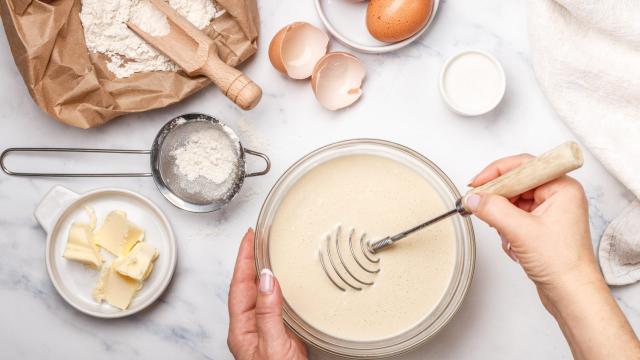
Leave a Reply
You must be logged in to post a comment.